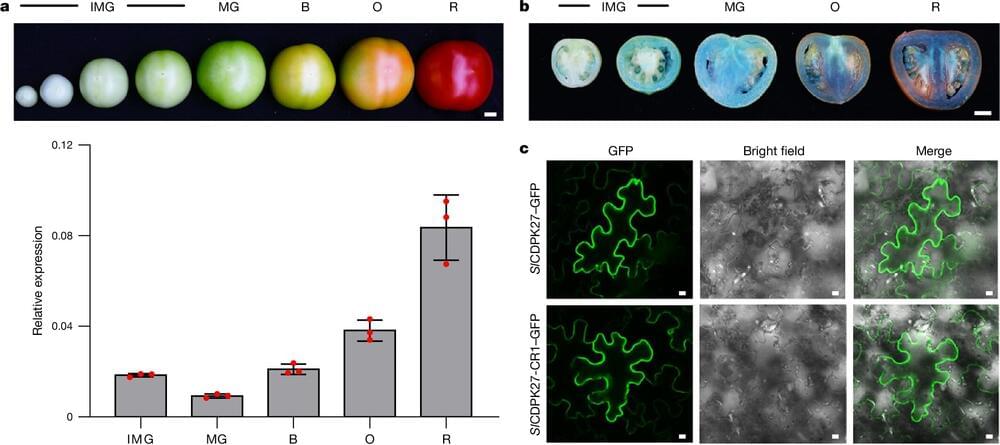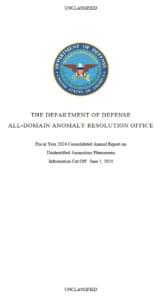Could AGI be here by 2025? In a shocking new interview, Sam Altman — OpenAI’s CEO — just dropped some MAJOR revelations about their path to artificial general intelligence.
Unlike his usual careful corporate speak, Sam appears surprisingly confident about what’s ahead.
In this video, I break down Sam’s latest statements, OpenAI’s five-level roadmap to AGI, and why this matters for YOU.
After working full-time in AI since January 2023 and studying these developments closely, I’ll give you my analysis on:
-Why Sam’s recent statements are different from his past comments.
–OpenAI’s five levels toward AGI and where we actually are.
–What this means for the economy, jobs, and your future.
–How you can prepare and position yourself NOW
The world is still sleeping on what’s coming. Whether AGI arrives in 2025 or later, one thing is clear — the pace of change is rapidly accelerating, and the opportunities are massive for those who prepare.








